This guide is meant to teach you how to propagate American Linden (Tilia Americana) and hopefully make it easier for you to sell them at your own nursery.

Hardiness Zone: 2 – 8

Soil Type: Deep, Fertile, Well-Drained Loam, Sandy & Clay Soils

Water: Normal

Exposure: Full Sun to Partial Shade
American Linden (Tilia Americana) is a deciduous tree hardy up to hardiness zone 2. There are a few characteristics that can help you identify it.
How to Identify American Linden (Tilia Americana)
Bark
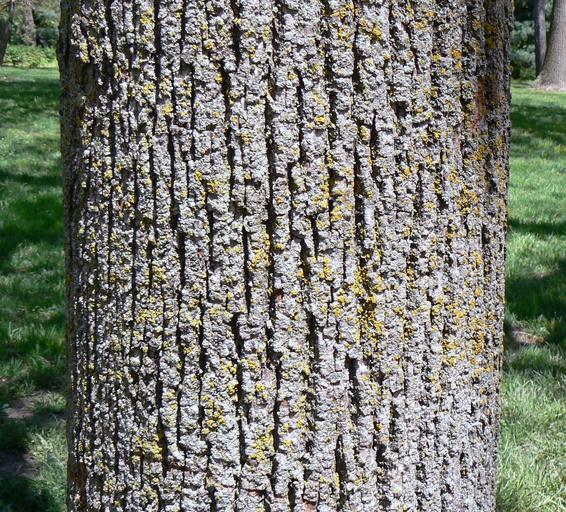
American linden bark is smooth and grey on the upper parts then furrows into narrow scaly ridges near the bottom trunk.
If you were to peel the park from a branch, you would find a fibrous inner bark.
It’s common to see moss growing on older trunks.
Leaves
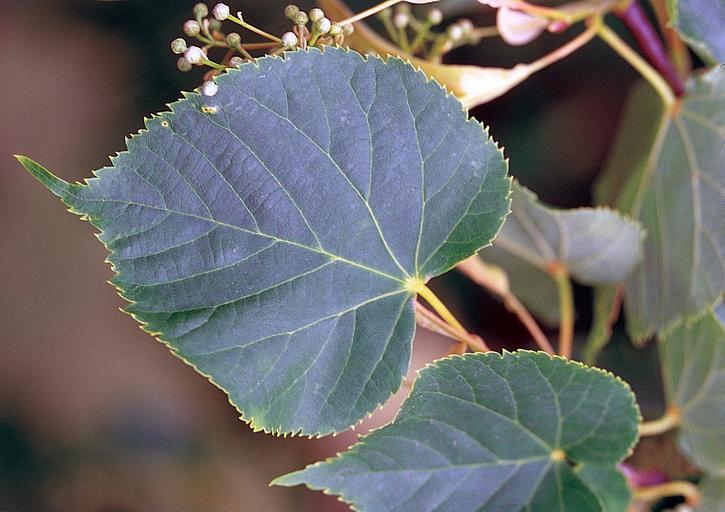
American linden leaves are simple, broadly ovate, and heart-shaped.
If you look closely, you’ll see the edges are serrated, and they have a long-pointed tip.
On a stalk, leaves grow unevenly, in alternate arrangement.
The leaf surface is shiny, and its color ranges from dark to light green.
Flowers
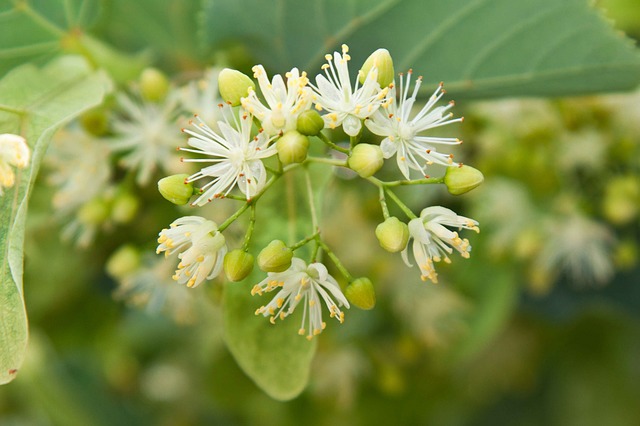
American Linden forms clusters of small, fragrant, pale yellow flowers which hang midway from a long, leafy bract.
After the flowers bloom in June, they become clusters of pea-sized nutlets.
Seeds
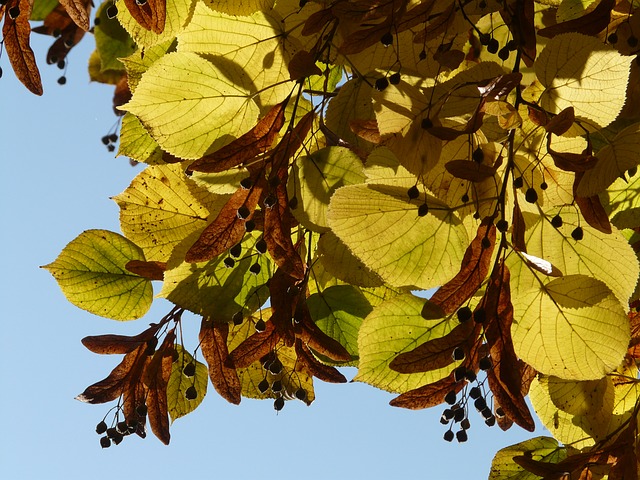
American Linden fruit is a pea-sized nutlet about 1/4 inch in size, thick-shelled, and without ribs.
When the seeds are released, the bract (the brown leafy wing) acts as a helicopter wing and carries the seeds away in a breeze.
Habitat
American linden grows along watercourses and lakeshores.
If you see the following species, there is a good chance American Linden is growing nearby:
- Sugar maples
- yellow birch
- American beech
- Ashes
- Walnuts
- Hickories
By itself, the species does not form pure stands.
In urban settings, American Linden is a top choice as an alley tree. They often create living archways over streets.
There’s a chance you have some in your neighborhood if you live in a big city. You could always go for a walk and try to identify a tree, then bring back some seeds to propagate.
If you look at their habitat range on the USDA Plants Map, they are grown on almost the entire mid to eastern side of the U.S. and Canada.
Lifespan
American lindens are extremely hardy trees with an impressive lifespan of 100-200 years.
Their extensive underground root system plays a big role in their extended lifespan.
Commercial value
American Linden lumber is soft and light, it’s a good choice for hand carving.
It’s also useful to build cooperage, boxes, veneer, and can be used to make excelsior, and pulp.
In urban settings, American linden makes a good shade or ornamental tree.
The fibrous inner bark is a great crafting material. In the past, it’s been used as a source of fiber for rope, mats, fishnets, and woven baskets.
Wildlife Value
White-tailed deer love to browse on American linden trees.
Their flowers are also a great source of nectar for honeybees and other pollinators.
Wood ducks, pileated woodpeckers, squirrels, amongst others love to build nests in the cavities naturally produced by the trees.
Best Way to Propagate American Linden (Tilia Americana)
How to Propagate by Seed
It is possible to propagate American linden by planting its seeds, but very slow.
If you can’t buy seeds online, you can harvest some yourself.
Note: Their seeds are encased in shells that become very hard over time.
The key with American linden is to harvest the seeds just as the seeds are starting to change from green to yellow.
If you’re too late, what you can do to remove the hard shell is to put the whole seed capsules in a coffee or food grinder to remove the outer shell.
How to Harvest American Linden Seeds
The best time to start picking seeds from linden trees is about early september.
Here’s what they look like:
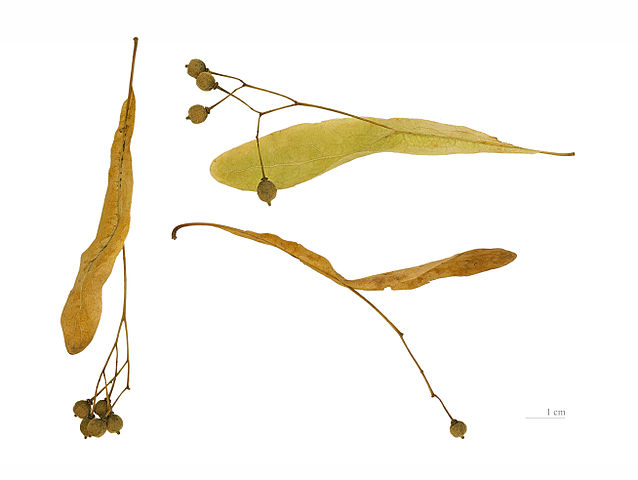
After you harvested some seeds from the tree, crack open the shells and immediately get to the germination.
Alternatively, you can order Tilia americana seeds online here at Sheffields.
American Linden Seed Germination
You’ll need to reproduce the natural process for the highest success with seed germination. Here’s how to do it in 3 easy steps:
- Scarify: Soak in hot tap water, let stand in water for 24 hours
- Stratify: Place in ziplock bag with a little bit of sand, moisten, then keep in regrigerator for 90 days. (You can also plant directly without cold stratification, but a 30 day stratification increases success rate)
- Germinate: Sow seed 3/8 inch deep , tamp the soil, then mulch the seed bed.
After that, keep even moisture throughout the growth cycle (don’t allow it to completely dry). Seeds can germinate sporadically in the next few weeks to the next 2-3 years.
When and if you do finally get seedlings, give them some time then transplant in 6-12 inch deep pots filled with 50/50 peat moss/sand.
Alternatively, you can just place them in pots with compost/sand outside during the winter. during that time, it’s important to make sure they don’t dry out and that they’re safe from vermin.
That way they’ll germinate the following spring or two.
How to Propagate American Linden with Cuttings
The most efficient way to propagate American linden is by taking semi-hardwood cuttings. That’s new year growth that’s gone partly hard.
Very important: Take your cuttings only from young, healthy plants. Older trees lose their ability to regenerate over the years.
Timing is also key. You want to start your cuttings after blooms have disappeared entirely and new leaves appear fully formed.
The ideal time to take American linden cuttings ranges from the end of May to the end of August.

- First, identify a branch that’s got new growth on it. Inspect closely to see the difference between old growth and new growth.
- Find a piece of branch that’s not firm, brown old growth, it’ll be green but by now it will have gone semi hard.
- Snip a cutting just below a node, make sure the width of the cutting is not too thin, 1/4 inch width is fine, and they should be 6-8 inches long. Remove leaves except for 1-2 at the top, if they are too big cut the leaves in half.
- Wound the base of the cuttings with a vertial line on opposite sides, about 1 inch long.
- Dip in rooting hormones (IBA TALC 3000 PPM) and then plant into your sandy propagation beds.
- Keep watering the rooting medium, sand shouldn’t be too wet but it should stay moist.
- With proper warmth and moisture, roots should form within 4-6 weeks.
Recommended rooting medium: Peat moss or sand with perlite mix.
That’s it, that should have you covered to multiply your trees!
Let’s go propagate American lindens!
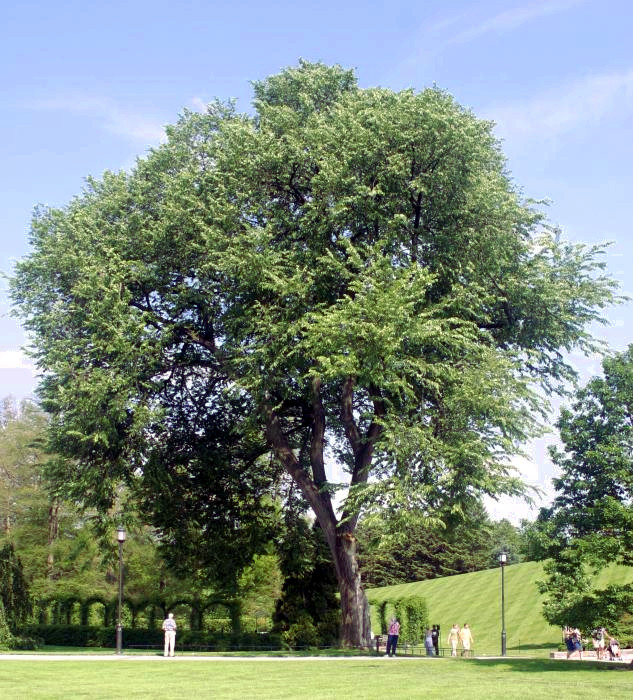
Got any questions or tricks to add? Don’t be shy to comment below and spark up a conversation!

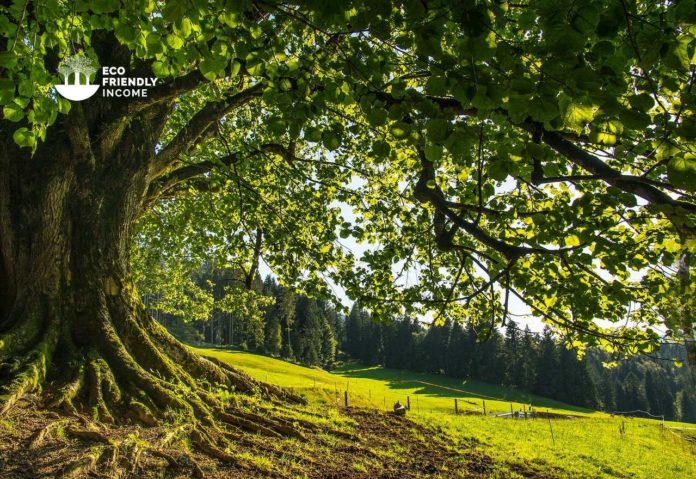
Hi. Can the shoots from the base of a Linden tree be used for propagation?
Hi Sandy, if you’re talking about the linden suckers, yes it’s absolutely possible. Make sure you keep a portion of the main root when you transplant. This time of year is the best time to do it.
If they arent connected to root, treat the shoot as a softwood cutting and hope for the best